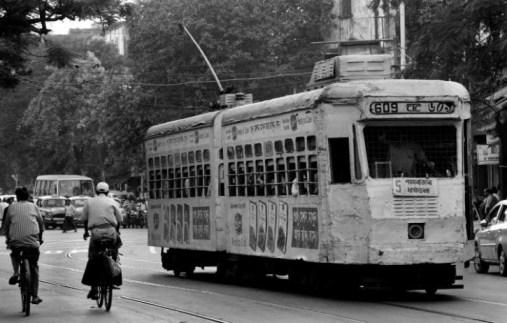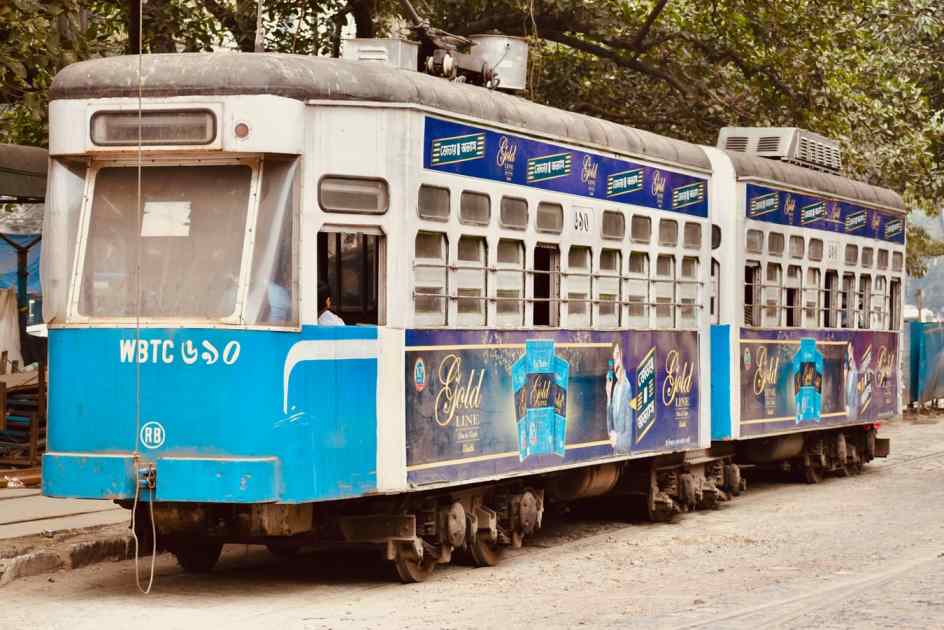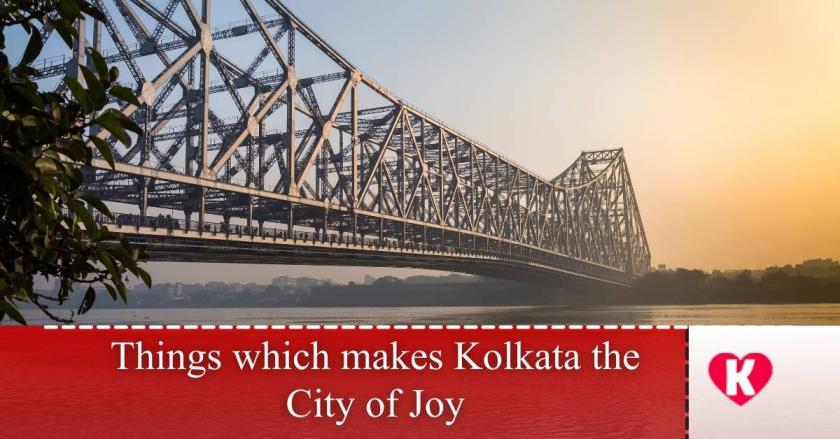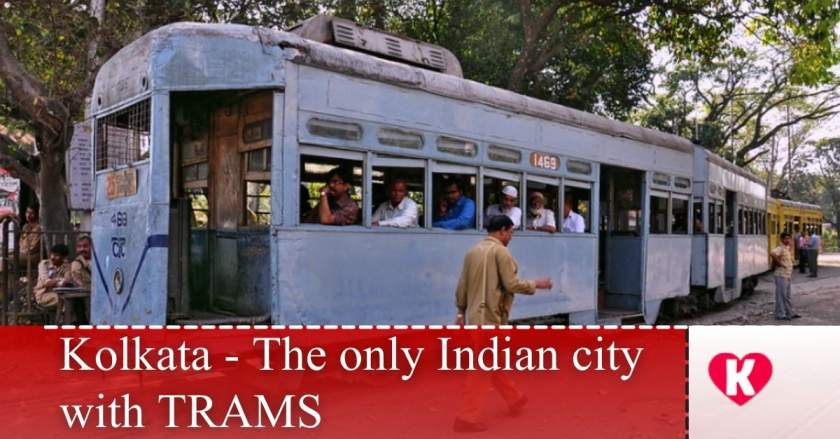Kolkata – The only Indian city with TRAMS
Introduction
Trams are a distinctive phase of the history and culture of Kolkata. Although Kolkata Trams figures are now lessened, to be honest. They are nevertheless close to being wiped out, and a day trip to Kolkata seems incomplete in the absence of a tram vehicle experience through the city.
Today, it’s the sole tram network in India, and perhaps the sole one-of-a-kind in Asia. Tram routes in Kolkata run parallel to cars on distinct trails. Laid out alongside the facet of the crowded streets. They run at their pace and they are similar to local trains. Although it used to be a necessary medium of transportation in the beginning, the trams have currently become famous with visitors. When in Kolkata, don’t forget to experience a dainty tram experience throughout the City of Joy.
The history of Trams in Kolkata

In the year 1873, the first tram in India was run for a length of about 3.9km. The tram-way facility was made between Sealdah and Armenian Ghat Street. This initiative was sadly short-lived as there used to be the inadequacy of supporters. The history of tram in Kolkata was created many years earlier than their colonial counterpart but can be attributed for sure to colonial technology. In the beginning, it was the horse-driven trams that had been first run in the United Kingdom.
Steam locomotives had been organised experimentally in Kolkata in 1882 to pull trams. After many years, the overview of the electricity was used to drive trams in the year 1902. It got here as a rebellion and because of that trams in Kolkata, as we know them today, were born.
The Chronology:
- In its glory days, it made a huge impact for having the first electric-powered tram ride in Asia. More precisely, it used to begin the trip from the Esplanade tram-depot.
- One of the important instants in the records of the Kolkata tramways was in 1902. It was when the first electric-powered tram in Asia ran in Kolkata between Esplanade and Kidderpore. After a little while, the tracks were extended and a trail from Esplanade to Kali Ghat was announced.
- Soon, the trams in Kolkata had been linked. However, some other stations close to Kolkata were also linked with the introduction of the Sealdah and Esplanade station route.
- In 1943, the Howrah and Calcutta sectors were linked by using the famous Howrah Bridge. With this achievement, the complete trail size now registered at 67.59km. In the year 1946, the line was flagged off, which would quickly emerge as a symbol of Kolkata.
- The tram noticed a drop due to the popularity of the Calcutta metro. This unfortunately caused other routes being closed down, at instances subsequently.
Types of Trams in Kolkata
Every tram has two coaches, one of them is a first-class compartment and the other one is a second-class compartment. Since the year 2013 however, trams have grown to be a classless mode of transportation. With equal fare and facilities supplied in all compartments. Recently, few trams can be seen with air-conditioners as well. Today, about a hundred trams are still in service while being the cheapest mode of transportation. One can take benefit in of them Kolkata only, with tickets starting from Rs 5/- to Rs 10/-.
Tram experience in Kolkata

- The heritage tram ride in Kolkata is an attraction of the city. You can recline on the seats and watch the metropolis, trundle through the special growl of equipment as an accompaniment. As it gently moves from the crowded areas and opens traffic lanes, it is possibly one of the few remnants of the historic Calcutta.
- If you look inside a Tram, you will see that they are made of wooden and metallic seats arranged in two rows. Wide windows with painted, thin bars, noisily and lazily whirring followers. And after dark, the pale radiance of coloured lights. The ticket conductor will approach, frequently with a curious glance of his chunk of prepared tickets. And upon revealing your areas, he will continue to hand over small paper strips illustrated with the experience details.
- When you are planning to get off, a bell will be rung by the conductor. Both to halt the tram and then to permit the green signal to move again.
- If you’re travelling in the first section, try to take a look at the tram driver in his tiny cubicle. Standing high and navigating a train via heavy road traffic.
- A bonus, yes! It’s the truth that one can have relief in the use of an environmentally pleasant mode of transportation.
Conclusion
The Kolkata trams are a heritage. They are still famous and used as an aid by many for their everyday commute. The authorities have introduced and eliminated routes, made fare changes and preparations involving the substructure of the trains. The way ahead appears clear for the trams in Kolkata. They are here to remain for many years. Their environmentally pleasant nature makes them even more alluring. For people who journey to Calcutta as a visitor, a journey on the trams is a must.
The authorities have planned renovation ideas and various different initiatives over the ages. These will surely make these tram journeys an even greater attraction. It will quickly make the Calcutta trams a must ride for everybody, not just the tourists.












